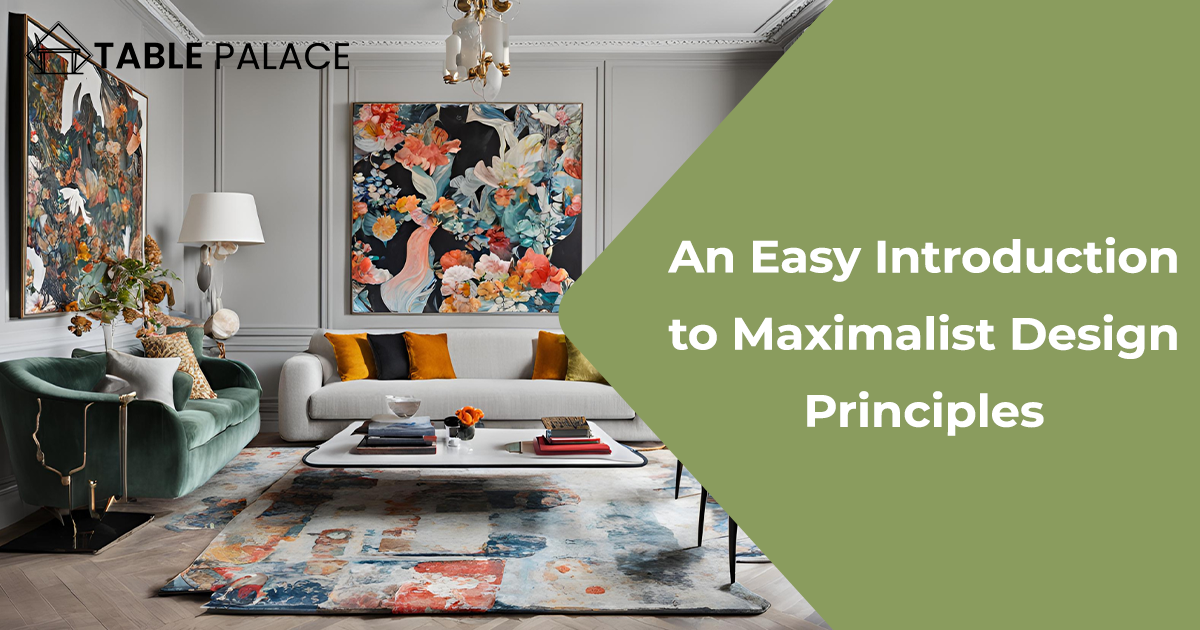If maximalism strikes your fancy, you’re in for a treat, as it’s currently en vogue. Unlike minimalism, maximalism embraces the “more is more” approach to design, incorporating abundant colors, shapes, and textures. Think walls adorned with art, vibrant wallpaper motifs, and a kaleidoscope of hues, all hallmarks of maximalism.
Bringing maximalism into your home is a breeze with careful consideration. Designers delve into its origins, recent resurgence, and defining traits, offering valuable decor insights to help you embrace this lavish style.
A Concise Overview of Maximalism
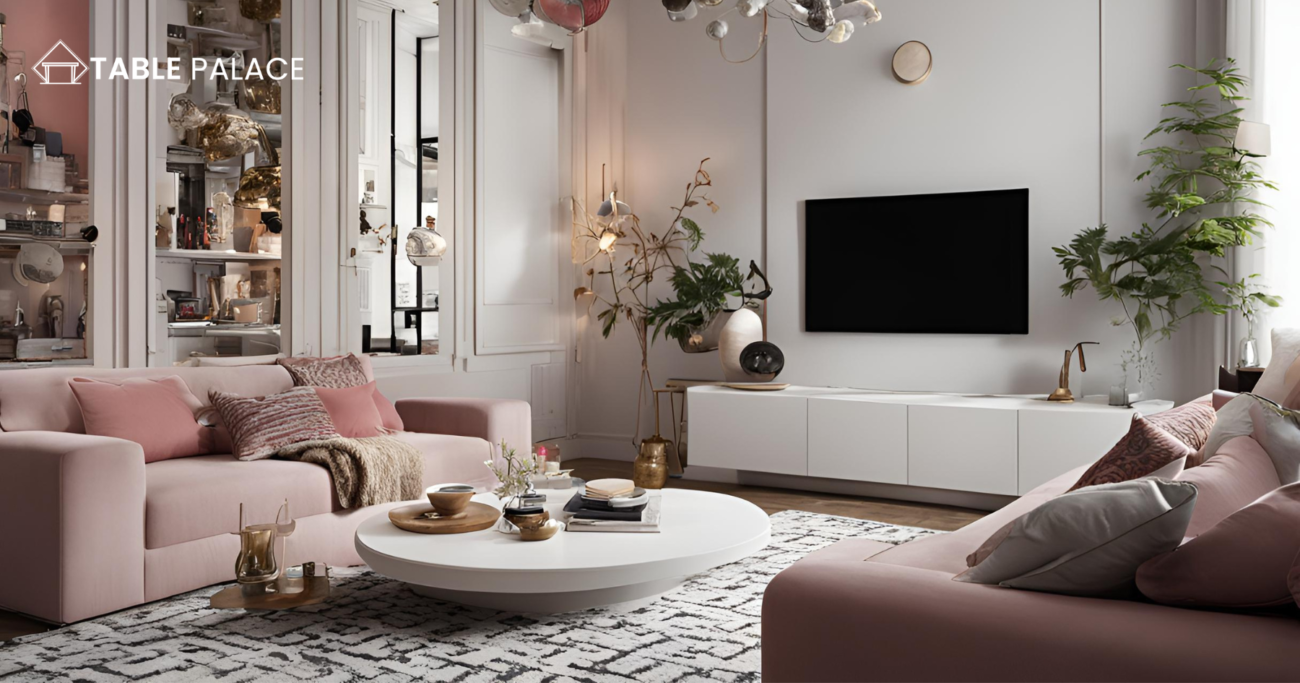
Maximalism isn’t a novel concept; its roots stretch back through the annals of history, with maximalists flourishing worldwide across centuries.
Alessandra Wood underscores that the affluent have long employed maximalism as a means of showcasing their wealth. She remarks, “One of the most fascinating instances of this tradition can be traced back to the cabinets of curiosities from the 16th century.” These cabinets displayed an eclectic array of items—initially dominated by animal specimens, later evolving to highlight artworks and various treasures, as Wood elucidates.
Describing these cabinets as akin to miniature, personal museums, Wood elaborates, “Every nook and cranny adorned with something.”
Maximalism’s Resurgence Through Time
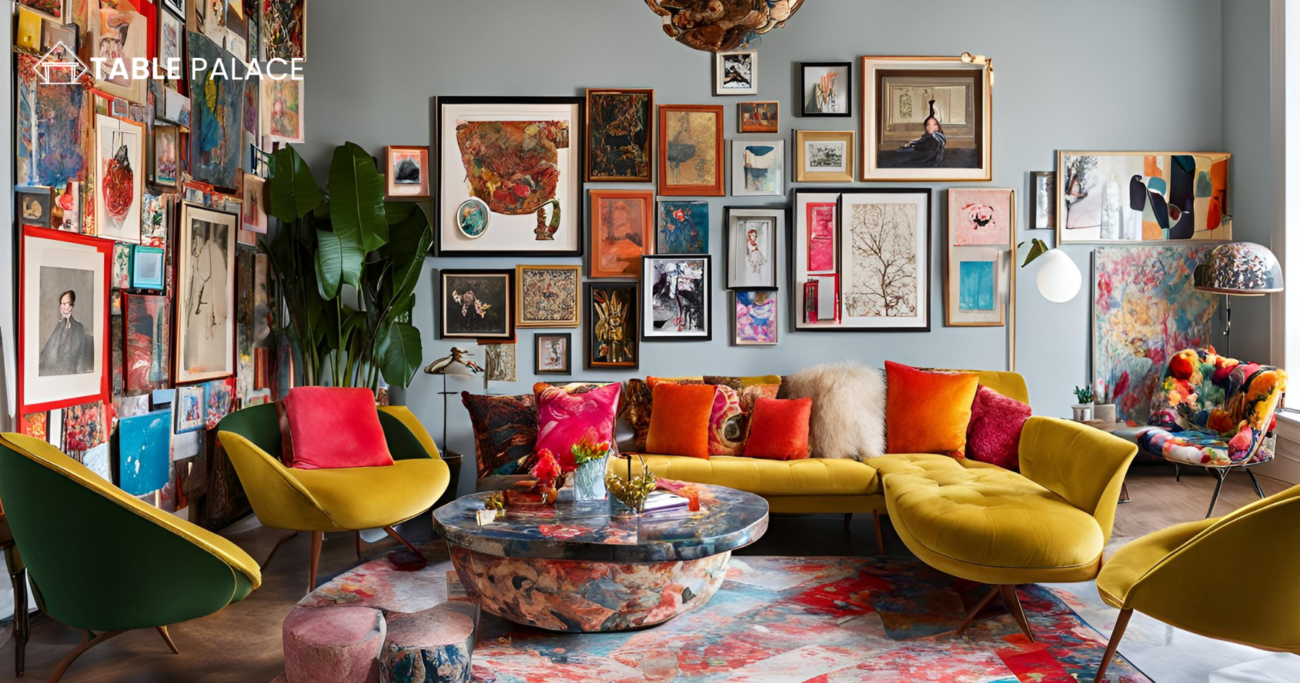
Maximalism experienced a revival during the Victorian era, coinciding with a period of increased affordability and accessibility of consumer goods, as outlined by Wood.
Victorians adorned their domiciles lavishly with decorative elements, from wallpapers to rugs, subscribing to the belief that one’s abode should mirror their personality, serving as a canvas for self-expression.
The Contemporary Appeal of Maximalism
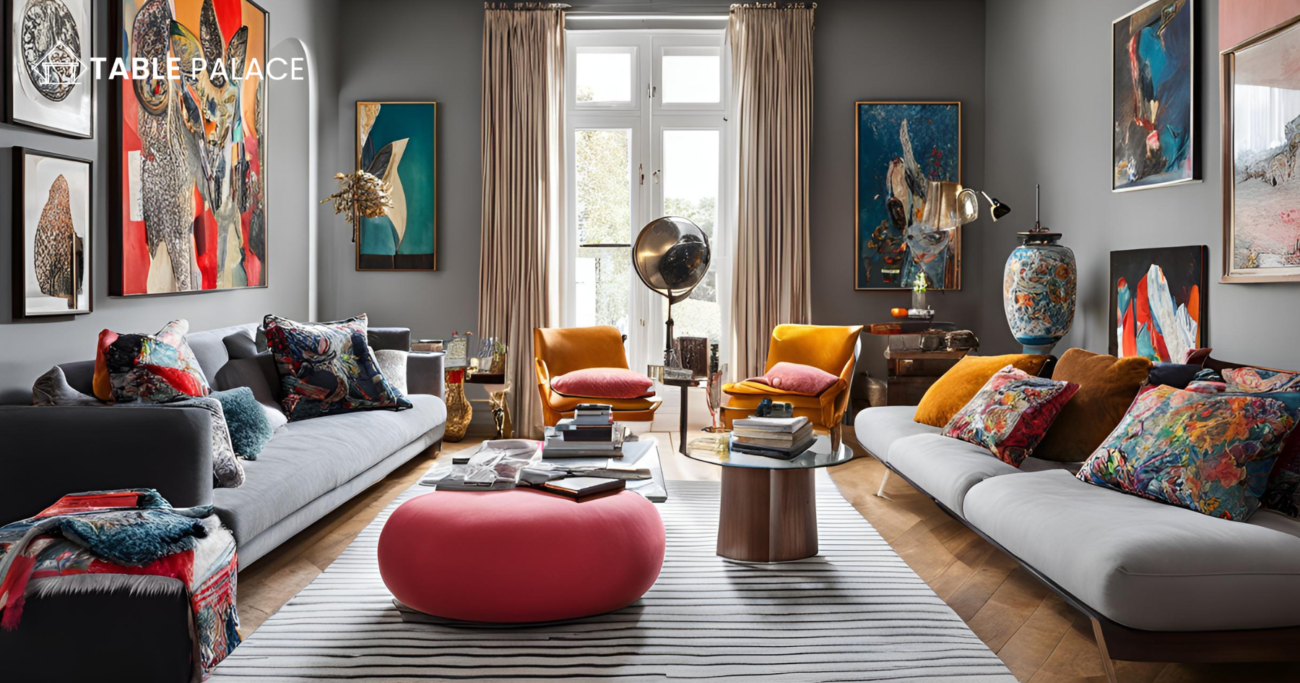
Wood suggests that present-day maximalism draws inspiration from its historical predecessors. “Adherents of this style act as curators of their own spaces, aiming to exhibit a curated collection of beloved items,” she remarks. “Moreover, they are more inclined than enthusiasts of other styles to view their spaces as reflections of their personalities.”
Dawn Cook, co-owner of BLDC Design, attributes the recent resurgence of maximalism to economic recovery. “Following the 2008 recession, design trends veered towards minimalism—making a statement with less,” she observes. As disposable incomes have gradually increased, individuals have embraced maximalism, amassing collections and returning to its opulent embrace.
Maximalism finds particular favor among younger demographics, especially millennials, who eagerly integrate plants, vibrant hues, and diverse accessories into their living spaces, Cook adds. “For them, maximalism embodies an eclectic aesthetic, characterized by a riotous interplay of colors, prints, objects, and textures within a single environment.” The influence of social media has further fueled the maximalist trend.
Defining Characteristics of Maximalism
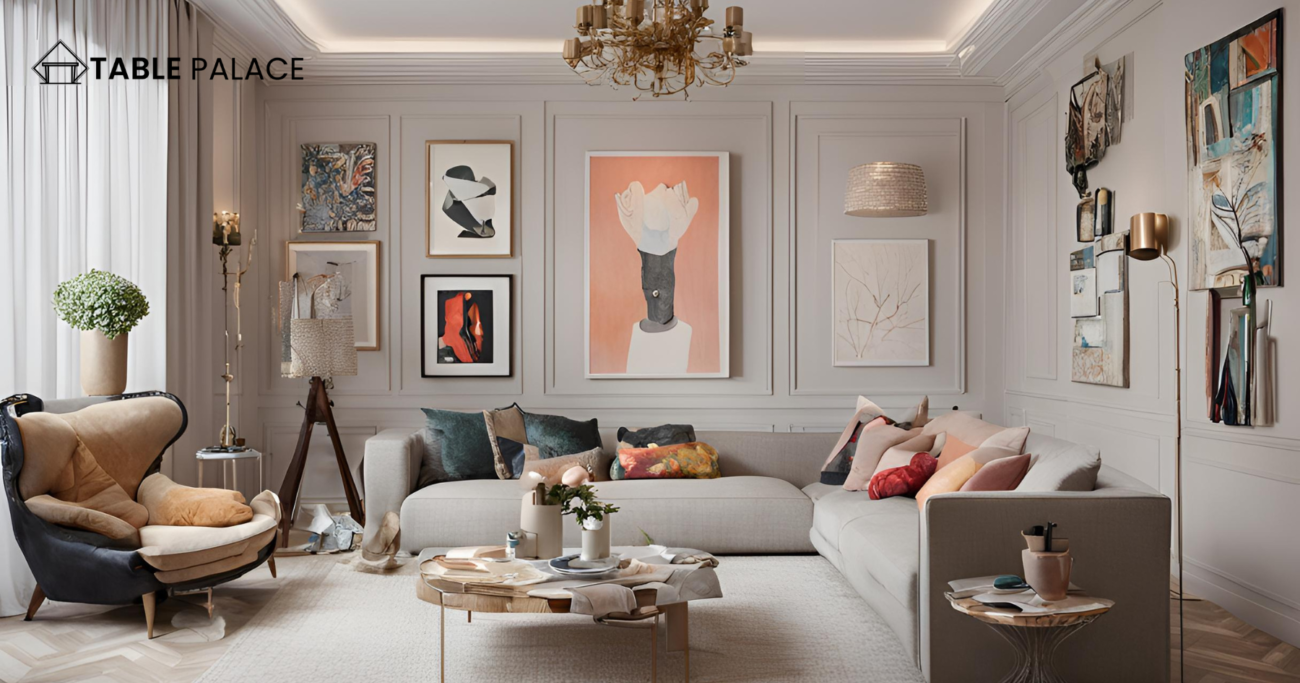
Patterns and Colors
Embrace pattern experimentation and vivid color schemes to achieve a maximalist ambiance at home. According to designer Ashley DeLapp, founder and principal of Ashley DeLapp Design, bold wallpapers, lustrous furnishings, and diverse accessories are instrumental in achieving the desired effect.
Joy
Additionally, don’t overlook the significance of joy in maximalist design, underscores Isabel Ladd of Isabel Ladd Interiors. “Joy constitutes a cornerstone of maximalist design, as the exuberance and vitality emanating from a well-appointed maximalist space should evoke happiness,” she affirms. “My mantra: While you may not control everything, cherish those elements that bring you joy.”
Tips for Maximalist Design
For certain maximalists, the challenge lies in narrowing down the essential items to feature in a space.
Highlighting Key Pieces
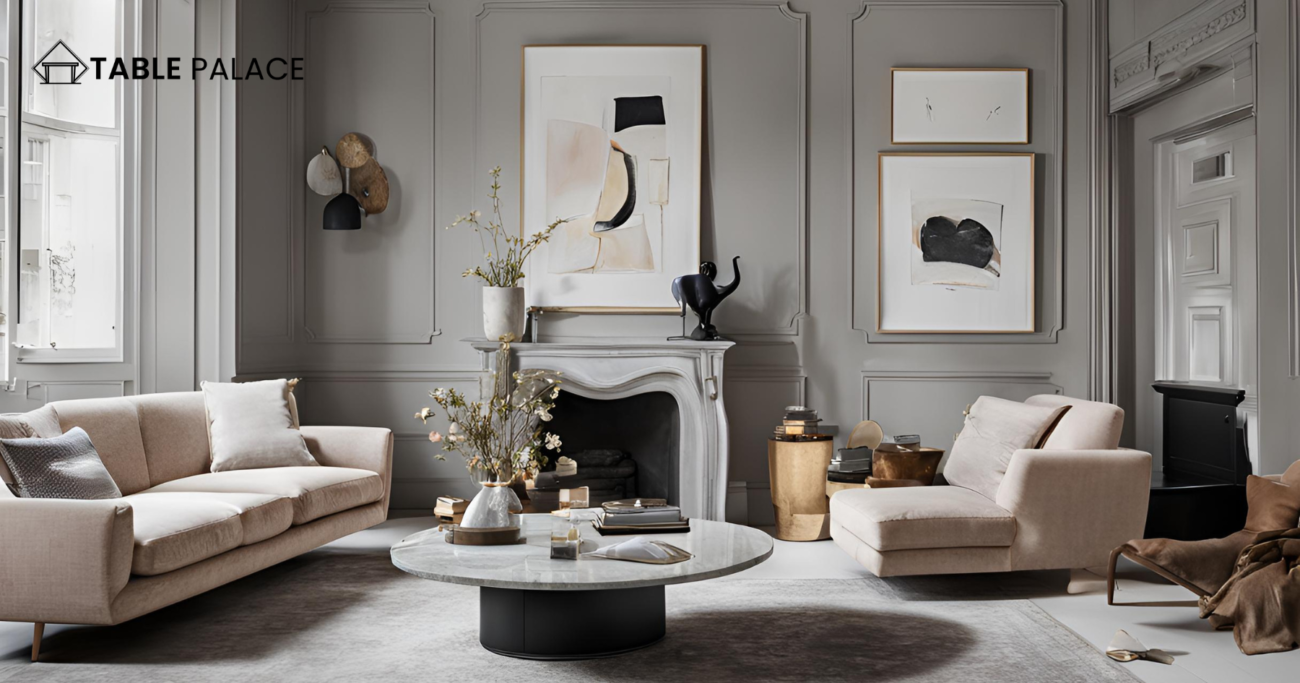
Choosing focal points in maximalist settings can be daunting, prompting some to seek expert guidance for pivotal decisions. Engage a designer’s expertise or concentrate on just one or two standout pieces.
Dawn Cook advocates for the inclusion of one or two “wow-worthy” elements in each room, providing focal points that draw the eye. “Whether it’s a densely packed bookshelf, an eclectic mix of art adorning the walls, or an abundance of lush greenery—something should command attention and guide the design,” she advises.
Elevating Ceilings
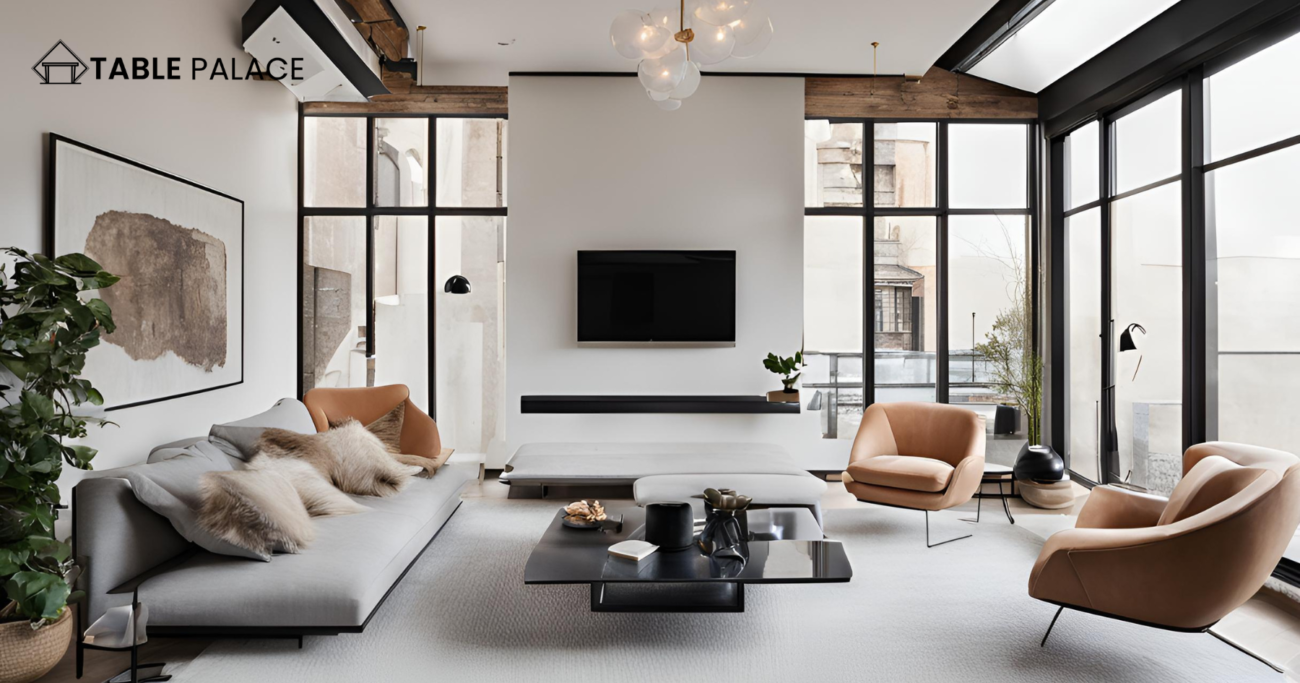
Isabel Ladd emphasizes the significance of ceiling design, considering it the “fifth wall” of a room, ripe for enhancing the space’s allure. Extend wallpaper onto the ceiling to harmonize with the surrounding walls, or opt for complementary patterns if direct extension isn’t feasible.
Strategic Layering
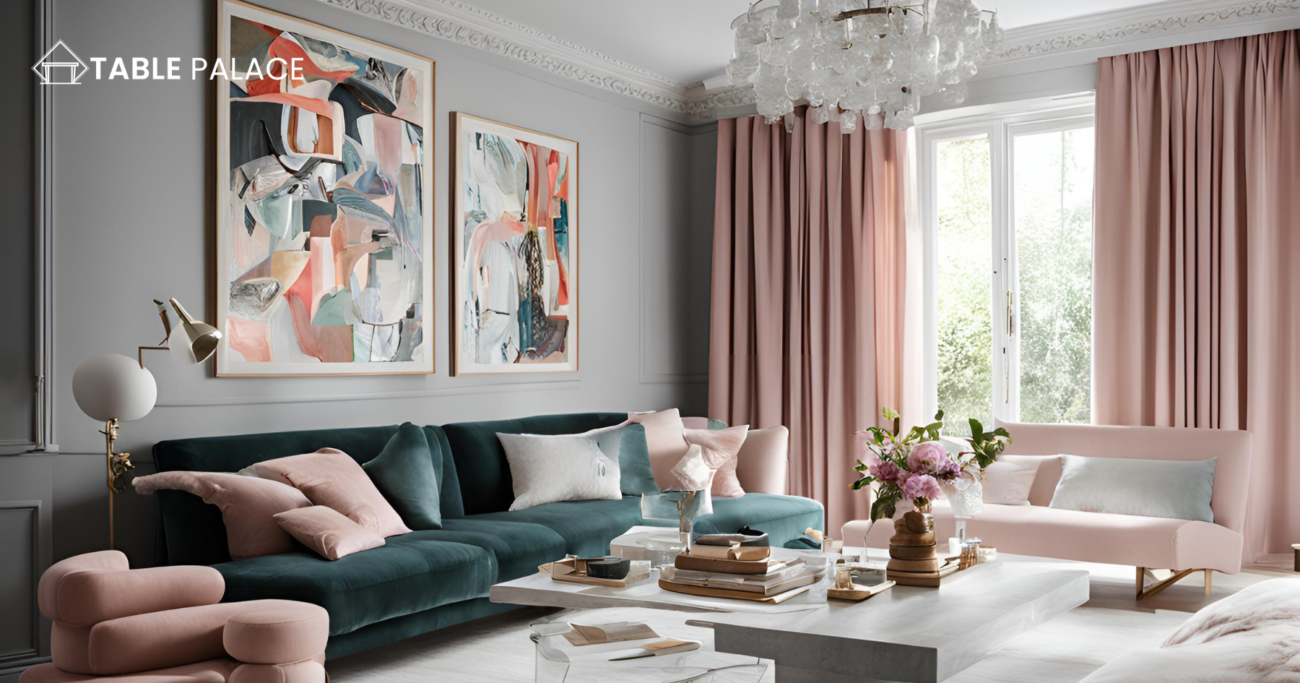
In a maximalist environment, layering plays a pivotal role in achieving visual depth and complexity. “Layering is key,” asserts Ladd. “Integrate all your cherished items across multiple surfaces—be it bookshelves, side tables, walls, or furnishings. It’s a delicate balance, knowing when to add more and when to halt. Aim for harmony, not chaos.”
Conclusion
Maximalism’s journey from historical opulence to modern revival offers insight into its allure. Through focal pieces, ceiling design, and strategic layering, enthusiasts can craft spaces that exude personality and joy. Maximalism isn’t just about abundance; it’s about curated expression and delight in every detail.

